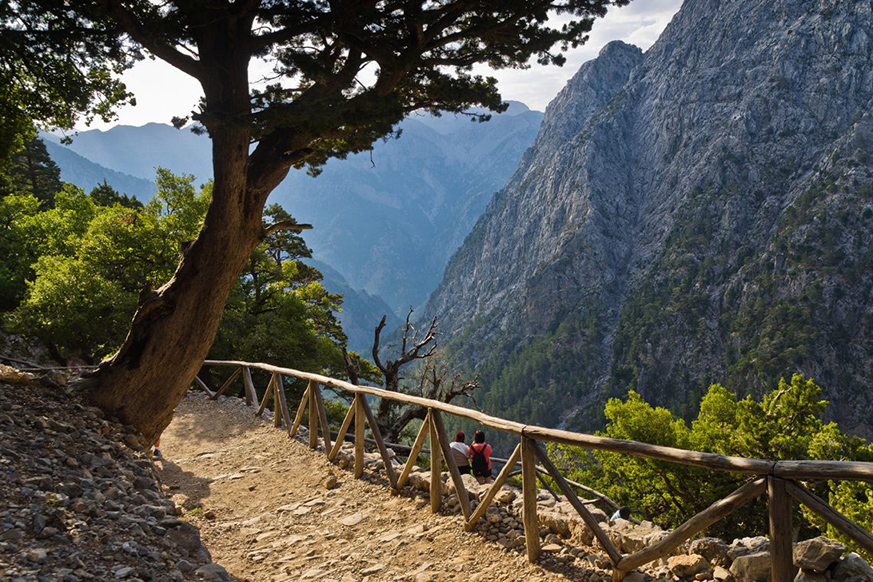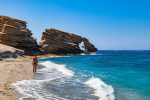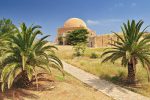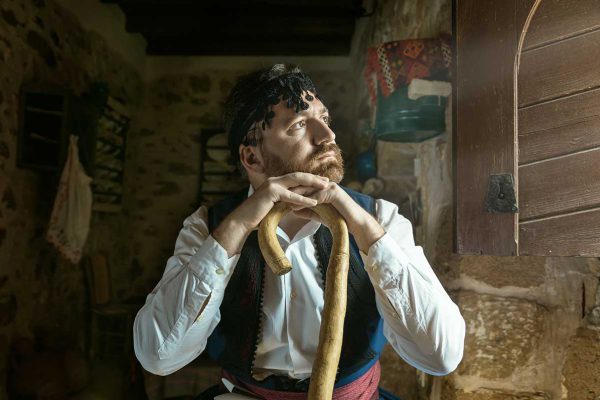Five things to do in Crete (except for staying on the beach all day)
Staying on the beach all day (or relaxing at the landscaped pools of The Syntopia), enjoying the sun and the crystal waters is quite tempting, indeed. This is the reason why you chose to spend your vacations on an island after all, right?
Well, we have big news for you! Crete is not like any other island. There is so much more to it than sea and sun, that you should get up from our plush sunbeds and start to explore. Here’s some suggestions to start with!
1. Take to the mountains
Crete has an endless coastline but also boasts large mountain ranges. Cretan mountains are grouped in three main ranges: The White Mountains (Lefka Ori) in Chania, the Psiloritis range in central Crete, and the Dikti range in Lassithi. Unless you are a trained mountaineer you probably won’t make it to the top of the highest summit in Crete (Timios Stavros on Psiloritis range, 2.456 m.), but you can always ride your car and explore the beauties of Mylopotamos area, visiting picturesque villages like Axos and Anogeia, or important landmarks like the Zoniana cave.
2. Go down in history
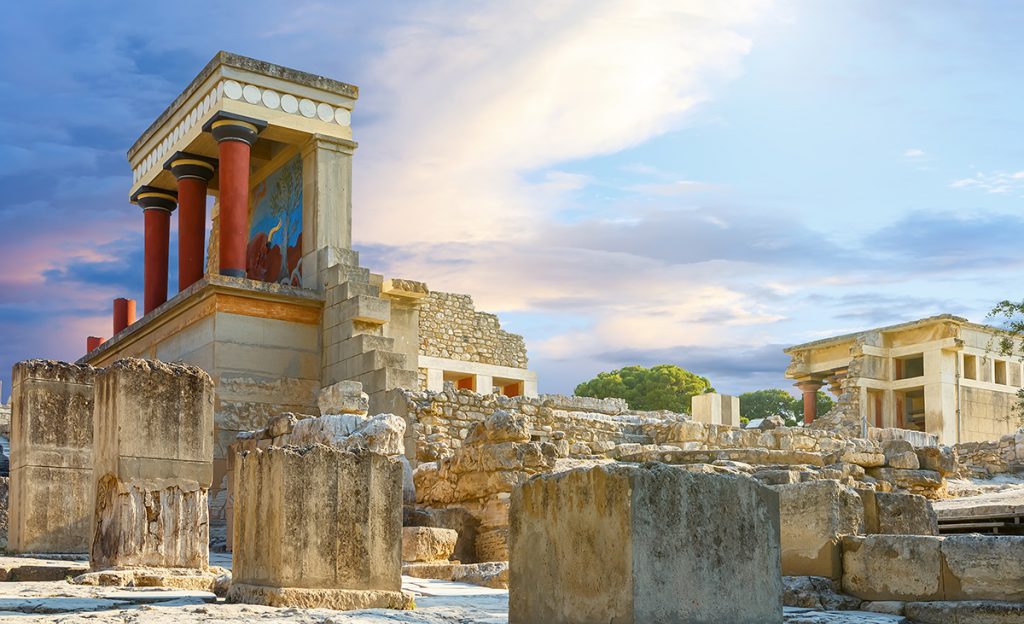
Knossos Palace looks like no other archaeological site you’ve visited before
You don’t have to be a history buff to get a taste of local history while on Crete. And actually there is plenty of local history… millennia of Cretan history! Add to your bucketlist a visit to Knossos Palace, the most important center of the Minoan Civilization that flourished on the island in the prehistoric times. To get the whole picture about this ancient civilization (the first ever on European grounds), then visit the Archaeological Museum of Heraklion which is housed in a building, awarded for its Bauhaus architecture. If you are already a history enthusiast, the Historical Museum of Crete is a time-capsule that will travel you through centuries of time, from the early Christian days until today (extra tip: it has a great backyard café!).
3. Be Gorge-ous
You’ve seen nothing of Crete’s natural beauty until you cross at least one of its world-famous gorges. Adrenaline junkies will opt for the wilder gorges in the Sfakia area (please don’t over-estimate your abilities if you are not trained for canyoning) but there are several options for people who are in an average physical condition and just want to go into the wild!
Samaria is the most famous of all Cretan gorges (and the longest gorge in Europe). It will take you 6-7 hours to cross it but, in the end, the unreal beach of Agia Roumeli will reward you for your efforts. But you also have other options, like the Imbros gorge.
4. Find inner peace in a monastery
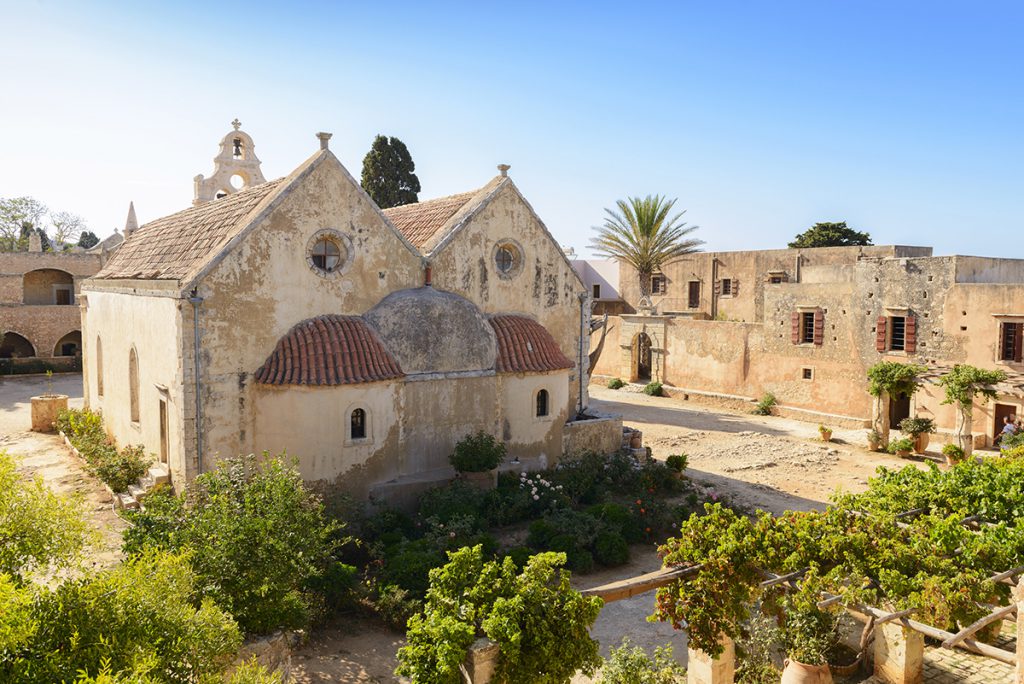
The magnificent Arkadi Monastery
It doesn’t matter whether you’re religious or not, a visit to at least one of Crete’s historical monasteries is a must. Cretan monasteries have a medieval flair, as they served as fortresses in older times to defend from the conquerors. Today they offer a sense of peace and tranquility in their beautiful gardens and an excellent chance to see centuries-old religious relics and artefacts. Pay a visit to Arkadi Monastery, a European Freedom Monument as declared by UNESCO, a place of great importance during the Cretan liberation wars, but also a place to admire beautiful architecture and the magnificent Renaissance façade of the monastery’s church. We also recommend the less famous, but same as beautiful, Gouverneto Monastery at Chania.
5. Feast on folklore
Just like local history, there is plenty of local culture to explore. Cretan folklore is really popular among modern Cretans who rush to local feasts (“panigiria”) every summer. Especially during August you’ll find a traditional feast in every village, with live Cretan traditional music, traditional dances, delicious home-cooked dishes – and of course the all-time classic Greek souvlaki. Immerse yourself in this folklore galore, drink raki, dance and experience the non-touristic side of Crete.

